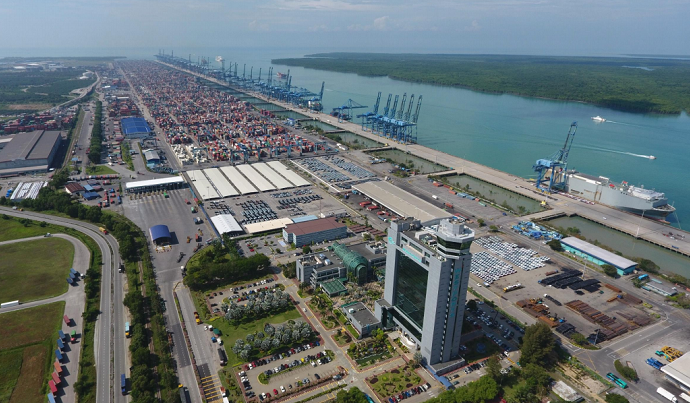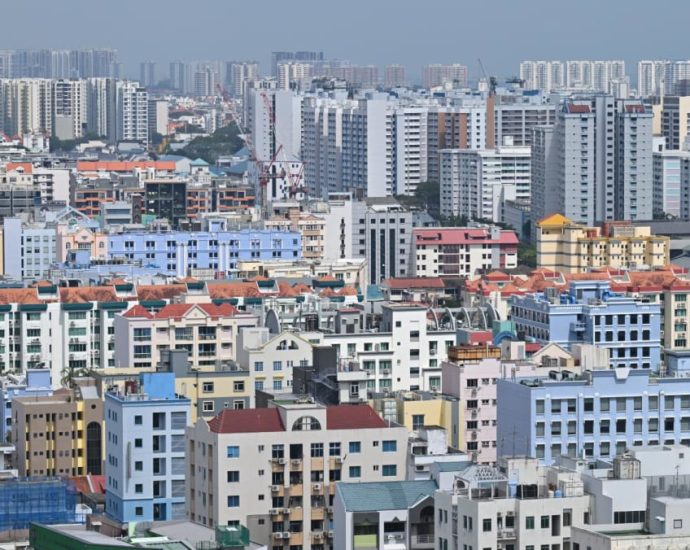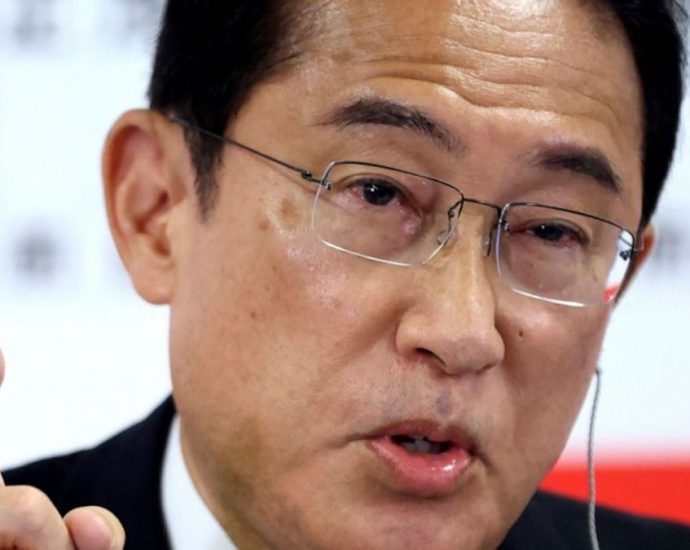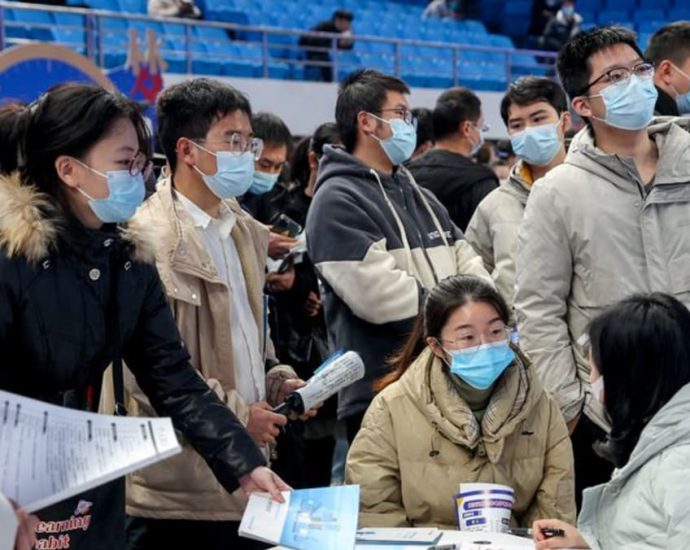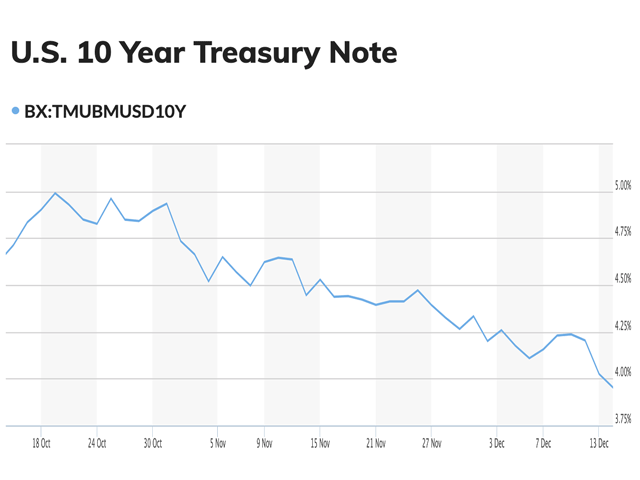Indian man arrested after 6 years of overstaying
PUBLISHED : 21 Dec 2023 at 11:44

(Photo: Traffic radio station website FM91bkk.com)
NONTHABURI: Immigration police on Wednesday arrested an Indian man who was alleged to have operated as an illegal money lender and discovered that he had overstayed in the country for over six years.
Pol Col Somkiat Sonchai, the Nonthaburi immigration chief, said the 39-year-old man, identified only as Kay, was arrested in front of a rented room at Moo 3 village in tambon Bang Rak Noi of Muang district.
The arrest followed an investigation into foreign nationals involved in illegal money lending, aligning with the government’s policy to address the problem of informal debts.
Local residents informed immigration police that an Indian man had been unlawfully lending money to vendors at markets in Tambon Sai Ma. He typically used a motorcycle to collect amortised repayments from debtors there.
Acting on the information, the police successfully arrested the Indian individual.
During a subsequent search of his travel documents, it was found that he had overstayed in the country for over six years, or 2,366 days. A workbook for recording debt repayments was also found in his room.
In an initial investigation, the man denied being involved in money lending, claiming that the book belonged to a fellow Indian national.


